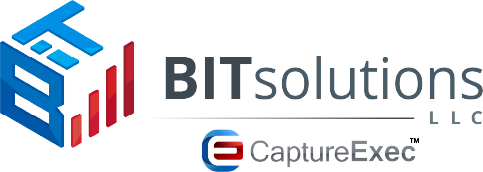Customer relationship management (CRM) comes with a shift in buying culture. Today’s consumer expects personalized service at every stage of the sales funnel. CRM platforms help businesses deliver that personalization, but most are designed to work best for B2C companies.
For capture management, the functions you need are not the same. With that in mind, you need to manage any change to your CRM with care. If you’re migrating to a CRM for the first time, you’ll face a series of challenges, and many of those challenges also apply to changing your provider.
Learn how to avoid the five most common mistakes companies make during a CRM rollout.
1. Poor Personnel Management
Before you can roll out a major change like CRM, you need to make sure you have a management team in place to handle the shift. CRM affects employees and workflow at every level. If you don’t have management on board and educated about their role, your CRM might not gain organization-wide acceptance.
2. Skipping or Skimping on Cleanup
If you’ve ever copied a Word document into an email, you already know that data doesn’t always look the same when displayed using different software. That knowledge is even more crucial when you’re dealing with CRM. If your data is not clean and ready for a migration, you could have a CRM platform full of errors and broken or incomplete entries. Invest in the time to clean up all of your data before migration to avoid major headaches and blocks to productivity after the rollout.
3. Forgetting to Do a Final Walk Through
If you’ve pinned down the team and explained the need for clean data going into the rollout, don’t forget to mention the cleanup needed afterward. Even if your data is pristine and perfectly formatted for the switch, you may have some errors during the migration. It is likely that you will need to invest additional time in data cleanup on the new CRM. Prepare your team for the likelihood to avoid confusion.
4. Failing to Schedule Training Time
Any major change in workflow demands time set aside to train employees on the new methods. This is doubly important with CRM because it is introducing a new software and workflow all in one. If employees are not comfortable using the CRM platform in tandem with capture management processes, it may not overcome the natural resistance to change. You need to get everyone who will use the software up- to-date on how and when to log in.
5. Decline to Update
Once your new CRM is up and running, it will only add value as long as it is updated. When employees stop adding in contacts, fail to log proposal information or miss an RFP, the result is a database that is only partially effective. To get a capture management CRM that actually tracks every lead from the point where you identify the opportunity to the contract award, you need to make updating a priority.
Add Value to Your Capture Management Process
When your CRM is running well, it can add value to every step in your capture management process. Before you start your White Hat review, you can take a look at your pipeline to help with your SWOT analysis. Before you settle on teams for your Black Hat review, you can run a quick search to identify the most likely competitors and contact employees with the requisite experience. The right CRM can add value to your capture management process, as long as you avoid major mistakes during rollout.


